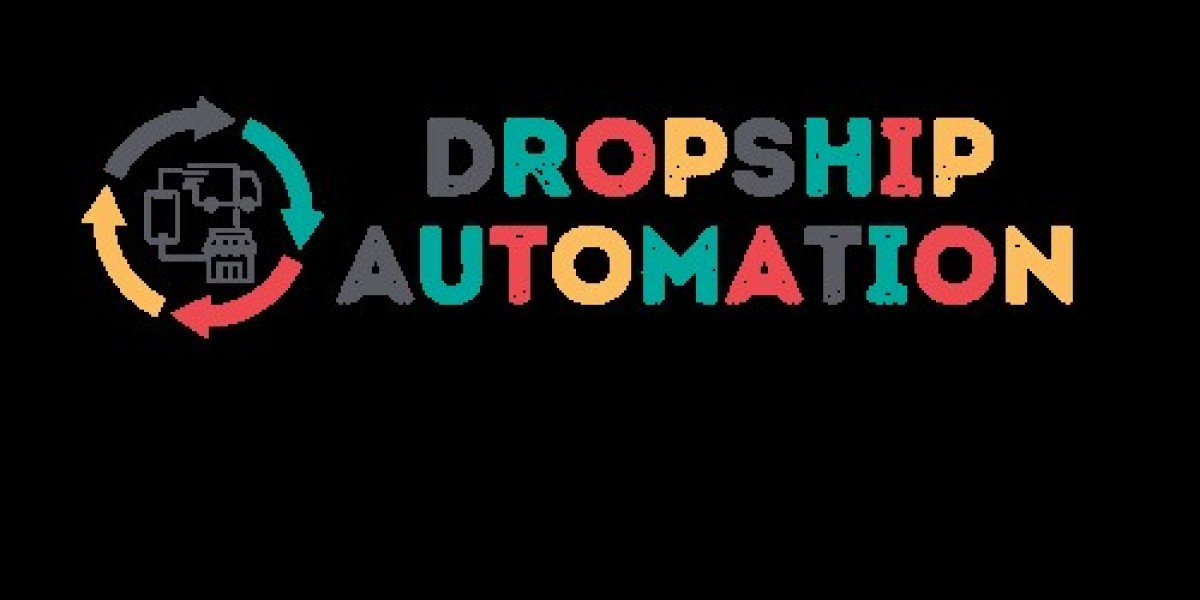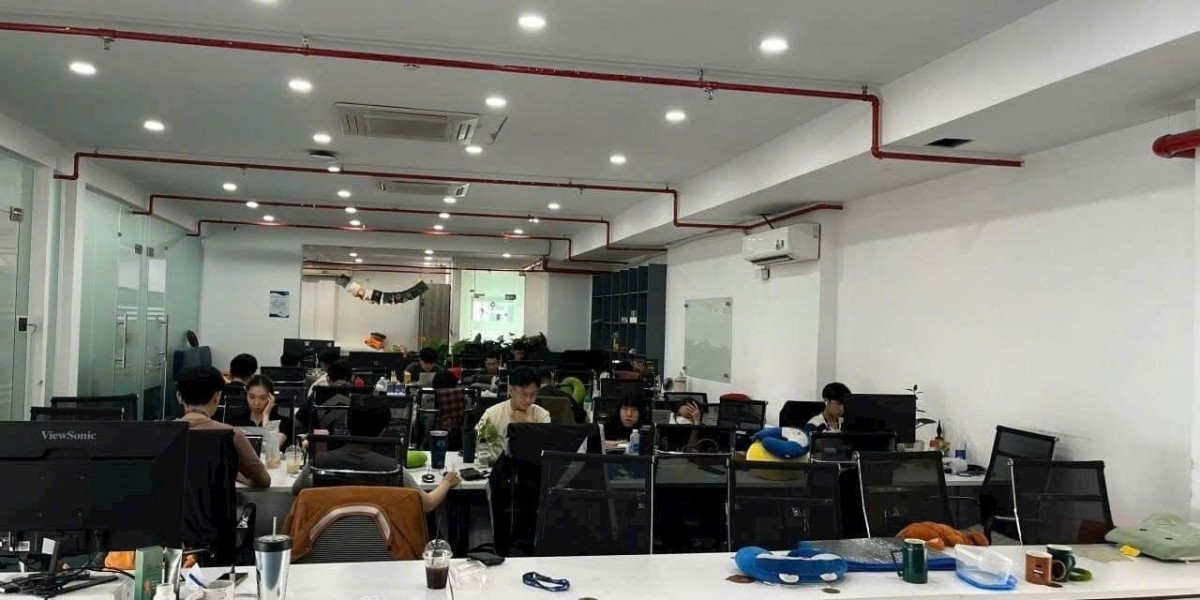Since the invention of fire alarm systems, fire alarms have advanced from simply ringing bells to more complex other automated systems, which can connect with the advanced technologies of contemporary buildings. The development of fire alarm systems has enhanced fire identification and reaction to such incidents, besides increasing the safety of habitation and industrial units. In the following article, the author compares fire alarm systems over the years, the effects of automation technologies, and leading brands of fire alarms for the future.
What is Fire Alarm System and Its Brief History
Fire alarms have been used since the mid-nineteenth century. The primary forms of fire alarms included hand crank sirens/bells that used levers to alert the people in the building of fire. Such systems were elementary, which meant one had to manually set off the alarm as soon as they spotted a fire.
Even in the 1900s, electric fire alarm systems were installed, which can be considered one of the biggest jumps. These systems were equipped with heat sensors and manual pull stations and were a better way of detecting the fire and passing the word around. However, these early systems were simple, and many had direct interfacing with human operators to optimize their performance.
Automation in the detection of fire danger
The 1970s witnessed the invention of automatic fire detection systems using smoke and thermal detectors capable of identifying fire risks without human intervention. Further advancement of fire alarm systems meant increased immediate reaction, including faster notifications and more efficient evacuation plans.
Technological improvements, such as in the 1980s and 1990s, were made by integrating microprocessors, making fire alarm systems more intelligent. These systems could now discern between real fire threats and fake alarms, thus curtailing unnecessary interferences and enhancing safety.
Modern Fire Alarm Systems: Integrations and Intelligent Technologies
Modern fire alarm systems are considered an essential component of intelligent building automation. The current systems are integrated with other systems in a building, including HVAC, lighting, and security, among others, to provide a total solution for fire safety. These integrated systems allow for simultaneous actions, such as turning off air conditioning to prevent the spread of smoke or opening doors to enable people to escape.
Key Features of Modern Fire Alarm Systems
• Networked Systems: Present-day fire alarms can be connected to a system where all the alarms are monitored and controlled through a central panel in the case of multiple buildings or industrial premises.
• Addressable Systems: While conventional systems use alarms to signal the locality of the fire, addressable systems can do it accurately to the exact location; thus, faster and more efficient action is initiated.
• Wireless Technology: Wireless fire alarm systems are also easy to install and expand; in other words, they can be installed in new constructions or added to existing buildings.
• Remote Monitoring: Most facilities today's fire alarms have features of remote monitoring and controls that enable facility managers to manage fire safety from any other location using a different application on their smartphones or accessing the internet.
• Integration with IoT: The Internet of Things (IoT) has made this possible, where real-time data is collected from fire alarms, and the fire alarms are even self-sufficient in reporting such incidences to the concerned authorities.
Fire Alarm Systems – Overview and List of Brands
1. Honeywell:
Honeywell is in a position to offer fire alarm system technologies, including conventional fire alarm systems, addressable fire alarm systems, and more. Their Notifier series is famous for its reliability and compatibility with other building systems.
2. Siemens:
Siemens supplies advanced fire detection and alarm systems primarily suited for significant industrial and business utilization. Cerberus PRO is highly resistant to water and customizable to any complexity, which is why it is preferred for complicated installations.
3. Bosch:
Bosch has a wide range of fire alarms comprising modular fire panels and high-end smoke detectors. They are versatile systems that connect with other security systems and build automation solutions suitable for proper functionality.
4. Johnson Controls (Tyco):
Johnson Controls, through Tyco, offers several innovative and efficient fire alarm systems on the market. Today, the Simplex series is widely used in schools and clinics due to its stability and intuitive interface.
Why Dropship Automation for Fire Alarm Systems?
At Dropship Automation, we stock diverse fire alarm systems from these manufacturers to guarantee our clients a variety of the best fire safety solutions in the market. Whether you require a basic traditional system or a sophisticated interconnecting system, our staff will assist you in identifying suitable products for your needs.
With Dropship Automation, you get high-quality fire safety upgrades for facilities and their occupants' safety and a guarantee of an experienced team's work. You will only get the best products in the market when you deal with us. Quality and customer service are our core values, and they will give you a competitive advantage while at the same time maintaining safety.
To learn more about our fire alarm systems, we are here to assist you in protecting your property. Visit our site and get in touch with us. At Dropship Automation, our foremost goal is to offer you and your business the finest fire protection equipment and assurance that there won't be any recurrence in the future.





